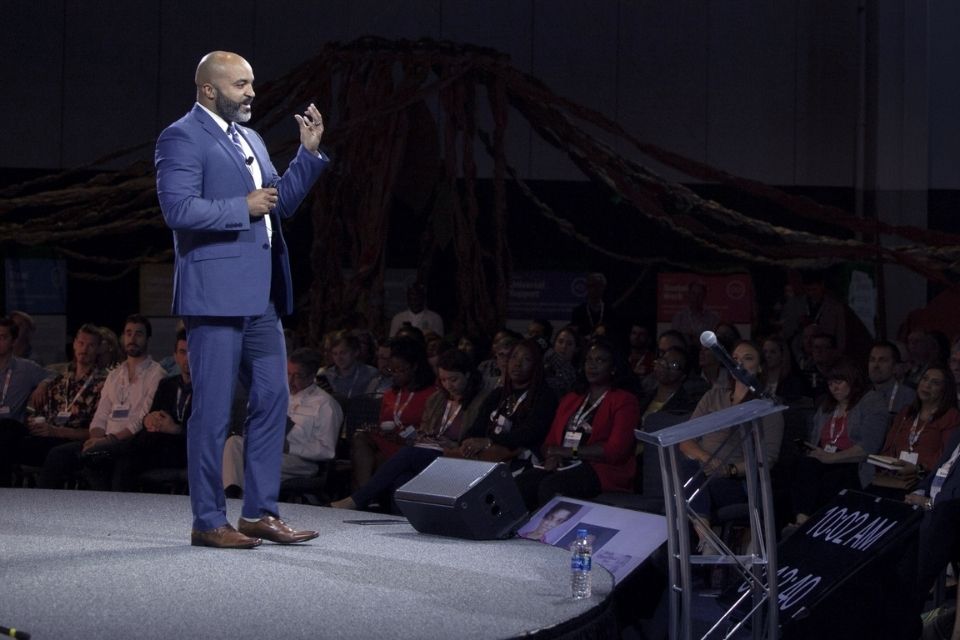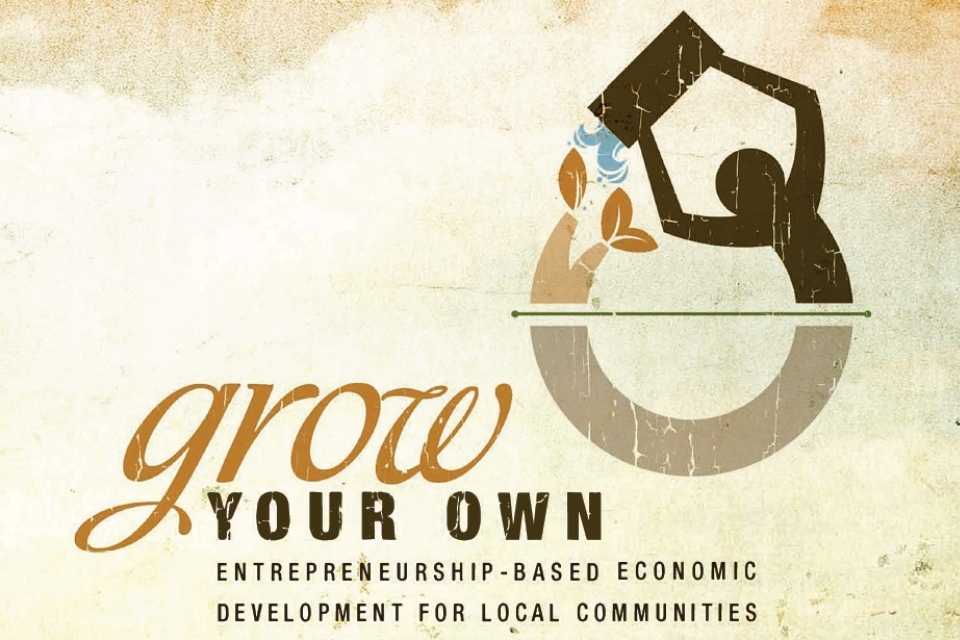Corporations have a saying about diversity and inclusion: “Diversity is being invited to the party. Inclusion is being asked to dance.”
The analogy is helpful in understanding inclusion in a corporate setting where people work together to make a product or provide a service. However, when it comes to entrepreneurship, we have to ask a couple questions.
- What if the person does not want to come to the party?
- What if that person instead wants to host their own party with a guest list of their choosing?
These questions are what make inclusive ecosystem building different from corporate diversity, equity, and inclusion initiatives.
Entrepreneurs host their own parties. They pick the music they like, the guest list they want, and the balloons and cake. That’s why inclusion in ecosystems focuses on equitable access to resources and relationships entrepreneurs need to have a shot at launching a successful company.
Black, woman, tech entrepreneurs
In 2018, I released a report on the unprecedented growth of startup businesses launched by Black women. During my research, I heard many stories about the challenges Black women faced when starting and growing businesses. For example, one woman in my focus groups was launching a unique technology. It would allow customers to use a smartphone to scan their measurements and create and purchase custom-fitting bras.
She recounted a few stories about how she felt her race and gender had an impact. The first was her challenge of pitching an idea for women in front of an all-male investor panel. One of the investors told her, “I don’t see any reason a woman would want this.” To which she responded, “Call your wife.” When he called, his wife immediately told him about how great an idea it was.
She told a second story related to race. Her product targeted upper to middle-class women who wanted a custom-fitted product. This was in all of her documents, plans, and pitches. In one investor pitch meeting, the individual who led the investor group stated, “Oh, I thought you only sold to Black people.” This was despite having no mention of race in any of her presentations or documents.
When she concluded her remarks in the focus group, she said something that many entrepreneurs from diverse ethnic and gender backgrounds face. “Every time I go into a meeting now, I always wonder if my idea is just a bad one, or if it is not getting a fair shot because I am a woman or because I am Black.”
This is one story out of many that I have heard from diverse entrepreneurs, including older entrepreneurs and, in many cases, rural entrepreneurs who have had trouble hosting their own party. While it is saddening to most of us, the question is, how can we do better? Below are some thoughts.
The appreciative question
When I do ecosystem training, I always start the training with something known as an appreciative question. Appreciative questions help the group creatively think of a future where things work the way they want. Think about how you would answer the following question:
What would our community look like if entrepreneurs, regardless of race, gender, age, or other distinguishing traits, had equitable access to all the resources we have in our community to support entrepreneurs?
As you think about that question, reflect on how your diverse entrepreneurs would feel. What kind of relationships would have to be developed? How would programs adjust?
Availability versus accessibility in entrepreneurship ecosystems
Availability versus accessibility connects to the appreciative question. First, a couple definitions.
- Availability is the presence of a program, networking event, or entrepreneurship support activity.
- Accessibility is working to make sure that they are accessible to diverse entrepreneurs.
Just the other day I was meeting with entrepreneurs, and one mom offered an example of availability versus accessibility. “As I was working on starting my business, I constantly looked for small business networking events to meet other entrepreneurs like me. The problem was most of these ‘meet ups’ were later in the evening. There was a lot of drinking and most of the participants were just out of college,” she said. “The first problem was that these events were late, and I needed to get my children to bed. The second problem was that I don’t drink and was uncomfortable with the college atmosphere at most of our local startup events.”
When discussing making our ecosystems more inclusive, first consider the programs and events available for entrepreneurs. Next, ask how accessible they are for diverse entrepreneurs. This means looking at things like cost, time, location, culture, etc.
Let’s get the party started
Corporate diversity and inclusion efforts that help people “get invited to the party and also dance,” are essential and should be applauded. However, if we want our diverse entrepreneurs to “start their own parties” equitably, we must consider to what extent our entrepreneurship ecosystems are inclusive.
We need to start by asking ourselves what our ecosystems would look like if they equitably allocated resources to all entrepreneurs. Then we would need to make sure our programs were accessible based upon the needs of our diverse entrepreneurs.
If we can do that, each of our communities’ entrepreneurs can host a party intentionally designed to thrill their guests.










